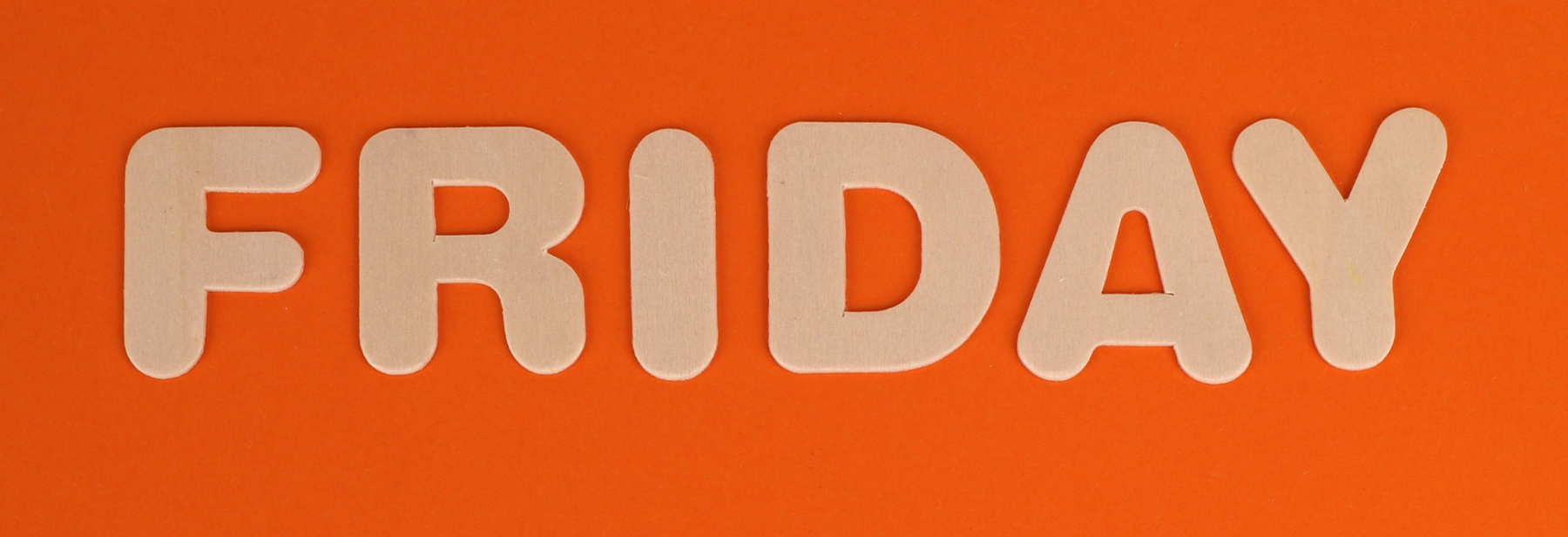
ServiceFriday: Going from Free to Premium – How Consumers Weigh No Cost vs. Paid Services
“There is no such thing as a free lunch.” That adage tells us that there is always some sort of cost attached to a complimentary service. In the case of free service offerings, customers will bear with elements such as advertising and interruptions in order to enjoy the basics of a particular service as long as it is free. Today, companies should see the value in giving away some services in order to create increased customer engagement and a perception of benefit. Recent research in the Journal of Service Research by Bjorn A. Hüttel, Jan Hendrick Schumann, and CSL Faculty Network member Martin Mende, offers the following managerial guidelines regarding free or “freemium” service offerings:
“…managers can use the [zero price effect] in promoting free e-services, despite consumers’ free mentality online. If managers intend to reach a high customer base, they should label their e-services as free, which increases consumers’ benefit perceptions, lowers their perceptions of corresponding [non-monetary costs], and consequently increases consumer demand.
Firms with free offerings can benefit from the cost-deflation effect, an insight with immediate implications for bundling free services with relatively more advertisements. Companies might be able to further leverage the cost-deflation effect by referencing the norm of reciprocity when justifying advertising as part of their free offering.”
There is a note for companies to pay attention to the cost jump for a customer to make the jump from a free service to a paid, more premium version of the service:
“…as managers determine prices for a basic and a premium offering when moving from free to fee, they also should be cognizant that at higher price differentials between basic and premium offerings, firms risk losing revenue, because consumers tend to choose neither of the two offerings. While at large price differentials, a shift from free to fee does not affect the perception and demand of the premium offering, at smaller price differentials, a shift from free to fee leads to a significant increase in consumer demands for the premium offer.”
To access the article in the Journal of Service Research, visit Sage Journals at this link:
https://bit.ly/2TDSDmI (A fee may apply.)